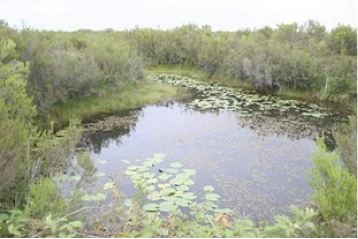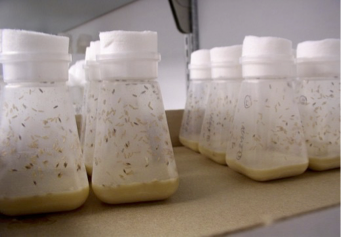Methodologies Evolution and Genomes
We develop experimental, bioinformatics, and theoretical approaches. Our models are mainly Animals such as Arthropods (Diptera including Drosophila, Parasitic wasps, Pillbugs, black soldier flies) and Amphibians. They are either model organisms reared in the lab or collected from the wild. To study the genomes and their evolution, we rely on NGS technologies, combined with transgenesis, molecular biology, genetics, cytology, at various scales ranging from individuals to species clades. Our theoretical approach uses the population genetics framework and heavily relies on computer simulations.
Experimental work
Life materials
Life materials are either specimens from the wild, collected through field missions or populations maintained in the lab in our insectarium or our vertebrate aquarium.

We collect insects and amphibians in France, French Guiana, Costa Rica, Gabon, Cameroon….

Drosophila rearing
Transgenesis
Some of our projects involve genome manipulation. We use our transgenesis facility to produce genetically modified Drosophila (Drosophila melanogaster and other Drosophila species).
Molecular techniques
Molecular biology, cytology, biochemistry
Genomics and transcriptomics (NGS)
Our data are often sequencing data of any type (genomes assemblies, short or long reads, RNA seq or small RNA seq). Some of them are directly produced in the lab with our sequencing plateau (Sanger, MinION). We used these data to perform comparative genomics, phylogenies, molecular evolution analysis. We develop bioinformatic pipelines.
Theoretical approaches
Modelling
Computer simulations
